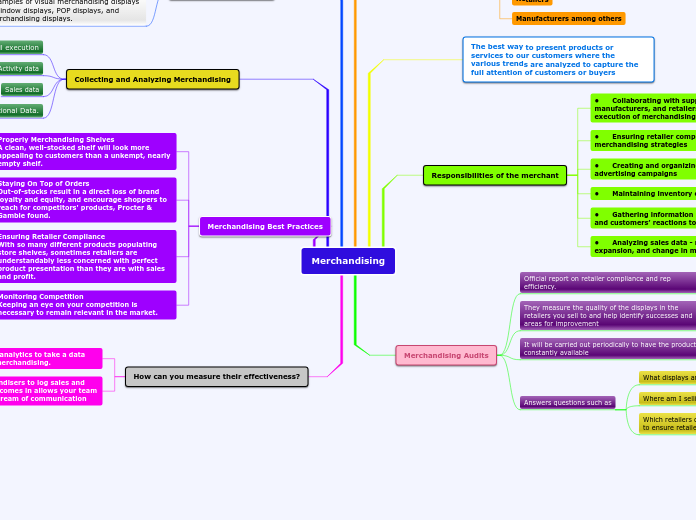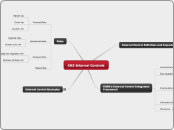af Daniela Pernett 5 år siden
544
Merchandising
Merchandising involves strategically presenting products or services to attract consumer attention and drive sales. By leveraging real-time data analytics, businesses can adopt a data-driven approach, enabling merchandisers to log sales and marketing data continuously.









